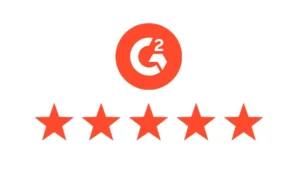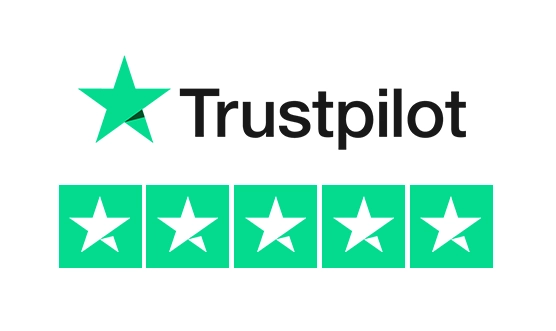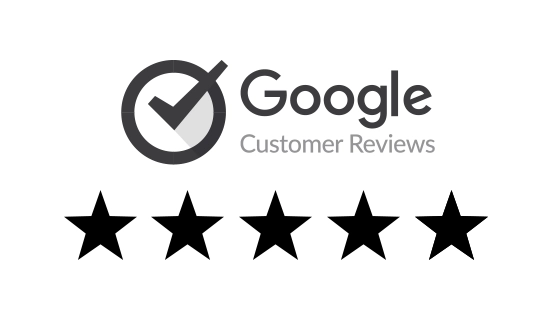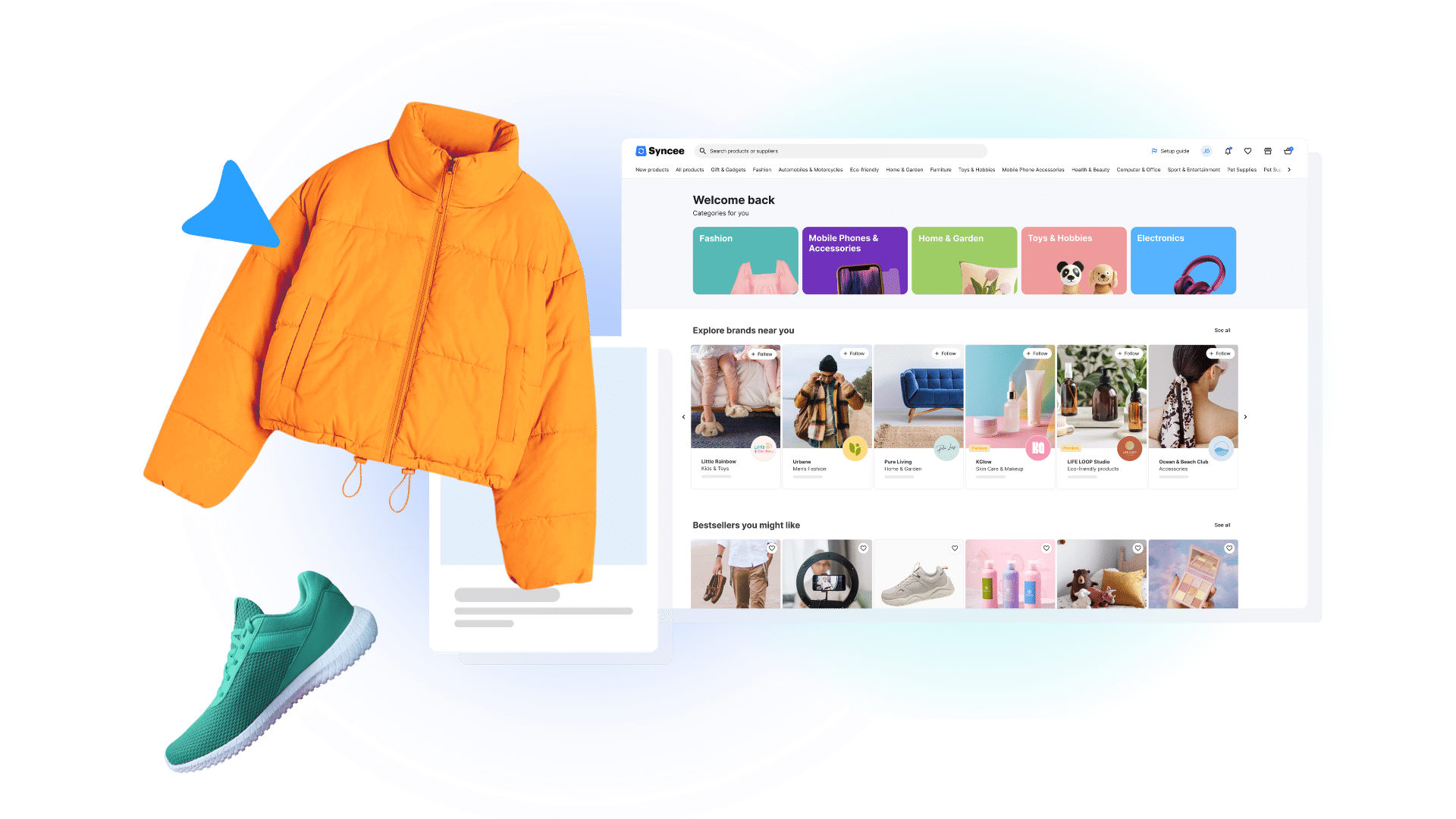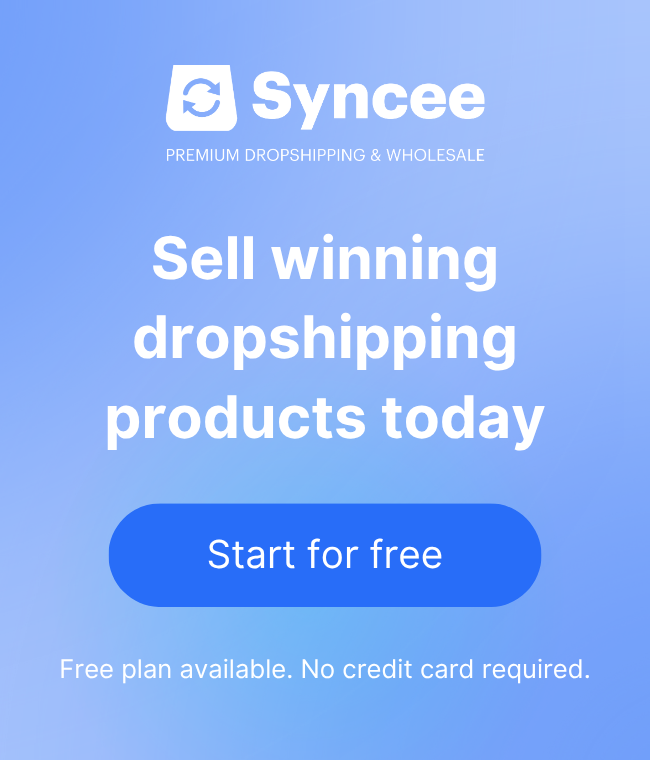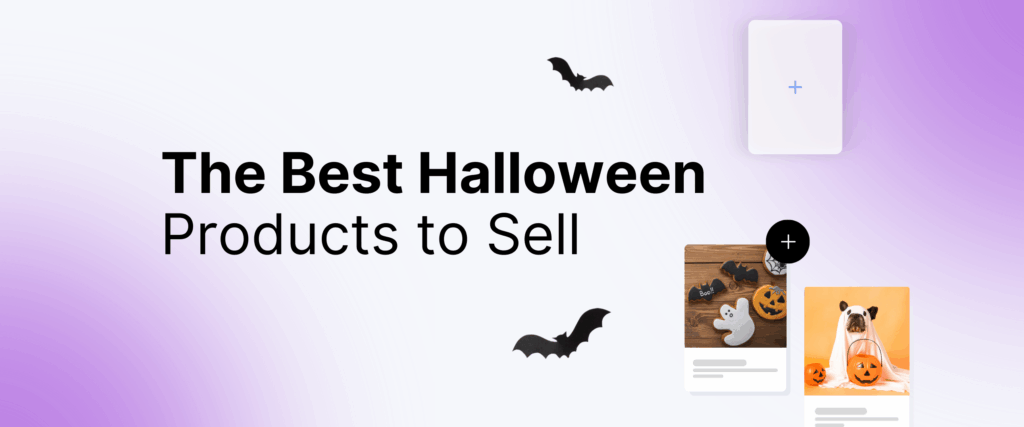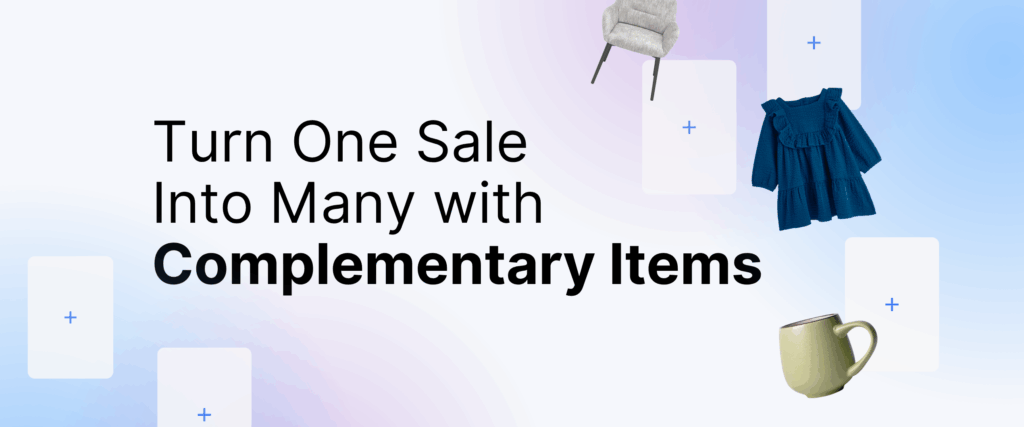Have you heard about Search Engine Optimization, SEO, before? Did you know that it is an essential and free solution to drive traffic to your store in the long-run? Keep reading to explore the solution.
Can your store be found in Google for relevant keywords? If not, you are losing some serious website traffic, because people are mostly searching for products and services on Google. You can spend loads of money on Facebook ads in vain if the basic steps are missing from your business plan.
Would you like to be among the first results of Google’s search page? Obviously, it has certain rules and requires serious work from you and your web developer. So let’s see how you can shoot your business from a low-ranking place to the top of Google’s search page with a couple of hours of work.
Starting with the fundamentals
SEO or Search Engine Optimization is a long process. Don’t expect results within a short period of time, however, there are some tools to make it a little bit faster-I will talk about them later on. It takes 3-4 months for Google’s algorithm and the search bots to reevaluate your listing. So, be patient.
SEO consists of 3 parts, and you will need to address all of them to increase your position. These elements are:
- On-site Optimization
- Ongoing Quality Content
- Off-site Authority Building
Let’s discuss each of them one by one so you can do a reality check where you will need to improve.
On-site optimization
This segment contains everything which is basically on your site. You will need to pay attention to the proper page title, headlines, relevant content, keywords, and keyword density, internal linking, external linking, URL building, site security, meta descriptions, and site navigation.
The most important on-site optimization SEO rules proclaim that you need to build each page around one single keyword. A keyword is not only a word, but it can also be an expression or a few words, these are called long-tail keywords. These may have fewer people searching for them, but if your company appears for these expressions, there are high chances that they will click on your site because of content relevance.
Make sure to include the chosen keyword in your URL, page title and content. Use synonyms, and don’t forget that you are not writing content for the Google bot, but for human beings who don’t like to read words repeated too many times within one page. Aim for medium keyword density, but stacking keywords shouldn’t be your utmost objective. Don’t forget that each page should have only one headline 1, <h1>, that always have to be your page title.
There is no clearcut rule about the advised amount of h2 and h3 titles, but make sure to use them logically, based on the content of your page. Pay attention to internal linking, make sure that the visitor doesn’t end up on a 404 page because of an invalid URL. In your blog content try to use external links, which lead the visitor to relevant sources, but don’t put external links on your main keywords.
If you would like to advertise your pages in Google Ads, where page relevance and content quality has high significance, your pages need to be laser-focused on one key content, like one feature of your software or one of the vendors of your online store.
Ongoing Quality Content
The biggest and most important component of your SEO optimization should be ongoing high-quality content. We have written many articles about how crucial it is for store owners as well to have a blog. This component is mainly about serving your visitors with fresh updates, key information, topics related to your niche and products. A frequently updated website worth gold in the eyes of Google, not to mention your loyal followers and returning visitors. You need to deliver high-quality content for them, so they can become addicted to your blog, your website. This is how you need to nurture your customers and generate value for them apart from the great goods you are selling.
What is more, the more blog posts and pages you have, the more pages Google can index relating to your niche and brand. By having a content strategy, containing the frequency of your posts, your social media strategy and relevant topics you would like to write about, you are a way ahead of your competition when it comes to SEO and Google results.
What counts as quality content?
To begin with, and we cannot emphasize it more, it has to be related to your topic, your niche. Don’t write about life hacks in the kitchen if you are selling clothes. But this is pretty straightforward, I assume. Moreover, your text needs to be well-researched, educational and entertaining at the same time. Pay attention to grammar, and visual attractiveness. Don’t just put raw text into your articles, but support it with visuals, links to other reliable pages, charts, survey analyses or anything else creative.
Don’t copy and paste from other websites. In order to rank high in Google, you need to deliver unique content. Write your own product descriptions. If you still decide to use up the content of other sites, make sure you show the source of your material. This is also true for images. Use alt text for each image you use, and try to restrict yourself to use freely downloadable ones.
Off-site Authority Building
This segment is all about link- and network building. Most people don’t know that increasing the number of backlinks —links to your website from other websites and platforms—is inevitable. This component is usually underrated, as you have very low influence over other websites and it takes a lot of effort to persuade others to put links leading to your site on their pages. Although there are some great techniques that can help you to increase the number of backlinks to your online store. We advise you the following:
- Create valuable partnerships, and ask them to put your logo and link on their website
- Write guest articles and add links to your author bio or to the text itself
- Start cross-blogging
- Start cross-promoting your business with your partners and add the link to written materials
- Add the website link to your social media sites
By gaining more and more links leading back to your website, Google will recognize your website as a reliable source, that is trusted by many other businesses and websites, so it will start ranking your page higher.
SEO hacks you might want to know
To make a sure you haven’t forgotten any particle of website SEO, we recommend you the following WordPress plugins that are useful if you have a WordPress site.
- Yoast SEO
- Image Optimizer
- Sitemap Creator
- CSS and JavaScript Minifier
Connect your website with Google Search Console and send them the generated sitemap for indexing. Using this easy tweak, you can make the indexing and ranking process a little bit faster. But as we mentioned at the beginning of this article, you need to be patient with your SEO ranking. It might take weeks or months to improve it. But if you nail all of the above-mentioned tips, you can skyrocket your business at the top of Google’s search results page.
For more handy SEO tips we recommend you this blog.
Don’t forget that product descriptions are crucial when it comes to your ranking. So try to work with a supplier who gives you neat descriptions, or just write your own and import it to your Shopify store with Syncee.



